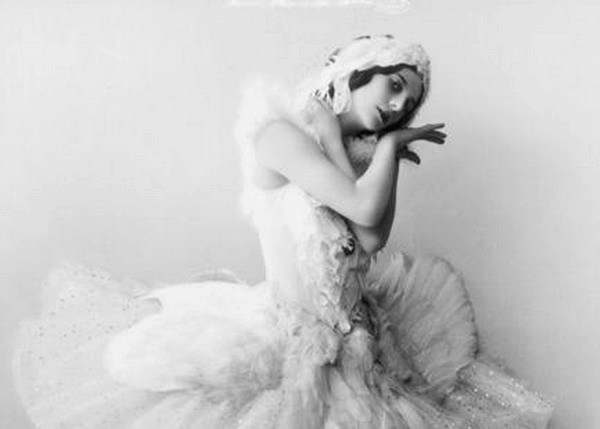Anna Pavlova, born Anna Pavlovna Pavlova (born January 31 [February 12, New Style], 1881, St. Petersburg, Russia. The place and time of Pavlova’s birth could hardly have been better for a child with an innate talent for dancing.
Tsarist Russia maintained magnificent imperial schools for the performing arts. Entry was by examination, and, although Pavlova’s mother was poor—Anna’s father had died when she was two years old—the child was accepted for training at the Imperial School of Ballet at the Mariinsky Theatre in St. Petersburg in 1891.
Almost immediately, in 1907, the pattern of her life began to emerge. That year, with a few other dancers, she went on a European tour to Riga, Stockholm, Copenhagen, Berlin, and Prague. She was acclaimed, and another tour took place in 1908.
In 1909 the impresario Serge Diaghilev staged a historic season of Russian ballet in Paris, and Pavlova appeared briefly with the company there and later in London. But her experience of touring with a small group had given her a taste for independence, and she never became part of Diaghilev’s closely knit Ballets Russes.
Her destiny was not, as was theirs, to innovate but simply to show the beauties of classical ballet throughout the world. While she was still taking leave from the Mariinsky Theatre, she danced in New York City and London in 1910 with Mikhail Mordkin. Pavlova’s independent tours, which began in 1914, took her to remote parts of the world. These tours were managed by her husband, Victor Dandré. The repertoire of Anna Pavlova’s company was in large part conventional.
The year 1911 was an important one for the ballerina. She founded her own company which allowed her to retain complete creative control over the performances. Along with her company she tirelessly toured all over the world for the next several years.

They danced excerpts or adaptations of Mariinsky successes such as Don Quixote, La Fille mal gardée (“The Girl Poorly Managed”), The Fairy Doll, or Giselle, of which she was an outstanding interpreter. The most famous numbers, however, were the succession of ephemeral solos, which were endowed by her with an inimitable enchantment: The Dragonfly, Californian Poppy, Gavotte, and Christmas are names that lingered in the thoughts of her audiences, together with her single choreographic endeavour, Autumn Leaves (1918).
Pavlova’s ability to accept her role as spokesperson for her art, often with good humor and always with devotion and poise, brought vast audiences to her and eventually to the ballet itself. She was willing to perform in different venues, from the most famous theaters of Europe to London’s music halls or even New York’s gigantic Hippodrome.
Pavlova’s private days were spent at Ivy House in London, where she kept a large collection of birds and animals, including a pair of pet swans. Her companion, manager, and perhaps husband (Pavlova gave different accounts of the exact nature of their relationship) was Victor Dandré, a fellow native of St. Petersburg. Pavlova died in The Hague, Netherlands, on January 22, 1931. She had performed constantly until her death; her final words were to ask for her Swan costume to be prepared and, finally, “Play that last measure softly.”